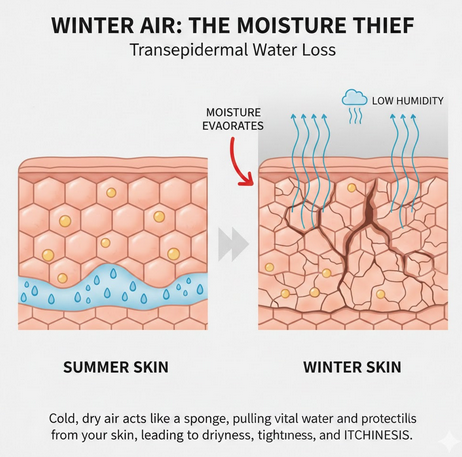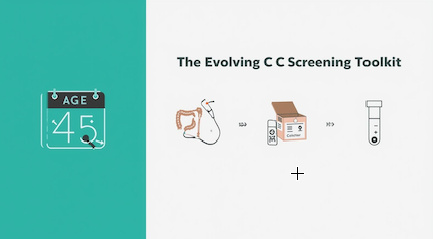A New Frontier in Women's Health: Why Chronic Uterine Diseases Are a Problem of Systemic Circulation
- OliveHealth

- Aug 31
- 3 min read
by Ed Fuentes, D.O.

For decades, conditions like endometriosis, uterine fibroids, and adenomyosis have been viewed as localized issues—problems confined to the uterus and pelvis. But this perspective is undergoing a radical transformation. Cutting-edge research is revealing that these debilitating diseases are not isolated events but are deeply and mechanistically intertwined with the body's entire systemic circulatory system. This new understanding is not just a scientific curiosity; it is a paradigm shift that is already beginning to redefine how we diagnose, treat, and even prevent these common conditions.
At its core, the systemic circulatory system is the body's superhighway, a network of approximately 60,000 miles of blood vessels that delivers oxygen and nutrients to every cell while removing waste.(1) It is this same essential network that is now understood to be an active participant in the pathogenesis of chronic uterine diseases.
The Systemic Links: From Cell Dissemination to Vascular Dysfunction
The connection is multifaceted and profound. In endometriosis, for example, the classic "retrograde menstruation" theory—where tissue from the uterine lining flows backward into the pelvis—fails to explain cases where lesions appear in distant sites like the brain.(3) A newer hypothesis suggests that endometrial cells or stem cells can spread through the body via the systemic circulation, much like cancer cells can metastasize.(5) This theory is supported by a pilot study that found circulating endometrial stromal cells in the bloodstream of women with endometriosis, but not in a control group. (4)
Similarly, the growth of both uterine fibroids and endometriotic lesions is critically dependent on a process called angiogenesis, the formation of new blood vessels.7 These abnormal tissues have a "relentless demand for blood supply" 8 and will not survive without it. This angiogenic drive is, in turn, fueled by chronic systemic inflammation, a unifying feature of these diseases.10 The circulatory system acts as the conduit, carrying inflammatory signals throughout the body, creating a self-sustaining pathogenic loop.11
The impact is not one-way. These uterine conditions can also affect broader vascular health. Endometriosis is associated with an increased risk of cardiovascular disease (CVD) due to widespread inflammation.10 Furthermore, women with endometriosis have shown a lower-than-expected blood pressure response to stress, suggesting a possible link to a dysregulated autonomic nervous system that controls vital functions.(13) Likewise, uterine fibroids have a strong positive correlation with systemic hypertension, with one study showing that for every 10-mmHg increase in diastolic blood pressure, there is an 8% to 10% increase in the risk of developing fibroids.(8)

A New Wave of Therapies: Targeting Circulation for Healing
This new understanding has opened up exciting avenues for treatment and research that move beyond traditional surgical or hormonal interventions.
One of the most established examples is Uterine Artery Embolization (UAE), a minimally invasive procedure that directly exploits the angiogenic dependence of fibroids and adenomyosis.(14) By inserting a catheter through the femoral artery and injecting small particles into the uterine arteries, interventional radiologists can block blood flow to the tumors, causing them to shrink and die.14 This targeted approach has proven highly effective for fibroids, providing symptom relief for about 90% of women.(14)
Another promising area of research is the use of ACE inhibitors. A study found that women with hypertension who were regularly taking an angiotensin converting enzyme inhibitor (ACE-I) had a 31.8% reduced chance of developing clinically recognized fibroids over a five-year period.8 This finding suggests that addressing systemic factors like the Renin-Angiotensin-Aldosterone System (RAAS) could be a future prophylactic strategy for at-risk individuals.(8)
This new paradigm also paves the way for innovative, non-invasive solutions. One such invention is a device like the Vascio Phi. This revolutionary non-invasive medical device is designed to enhance systemic circulation and lymphatic flow, rooted in nature's most efficient principles. Inspired by established techniques like the pedal pump method, which manually enhances fluid dynamics to promote healing and restore systemic balance, the Vascio Phi utilizes Fractal Pattern Dynamics. The device's proprietary bio-harmonic rhythm is derived from fractal patterns—nature's blueprint for efficient branching and flow, as seen in circulatory systems and plants. By creating therapeutic pressure waves, this method is designed to reduce fluid turbulence and promote laminar flow, enhancing cellular nutrient uptake and waste removal. Such an invention would directly address the core issue of compromised fluid dynamics that contributes to the pathogenesis of these diseases.
From targeted embolization to the potential use of blood pressure medication, and now the emergence of non-invasive technologies, the future of women's health is in understanding the body as a connected, whole system. By focusing on the central role of circulation, we can move closer to developing more effective, holistic, and preventive treatments for millions of women worldwide.
References:
https://www.betterhealth.vic.gov.au/health/conditionsandtreatments/circulatory-system
https://my.clevelandclinic.org/health/body/21640-blood-vessels
https://www.who.int/news-room/fact-sheets/detail/endometriosis
https://www.hopkinsmedicine.org/health/conditions-and-diseases/endometriosis
https://www.spandidos-publications.com/10.3892/mmr.2024.13167
https://www.spandidos-publications.com/10.3892/ijmm.2023.5232
https://www.pennmedicine.org/treatments/uterine-fibroid-embolization
https://www.mayoclinic.org/diseases-conditions/uterine-fibroids/diagnosis-treatment/drc-20354294
https://www.pennmedicine.org/treatments/uterine-fibroid-embolization




Comments